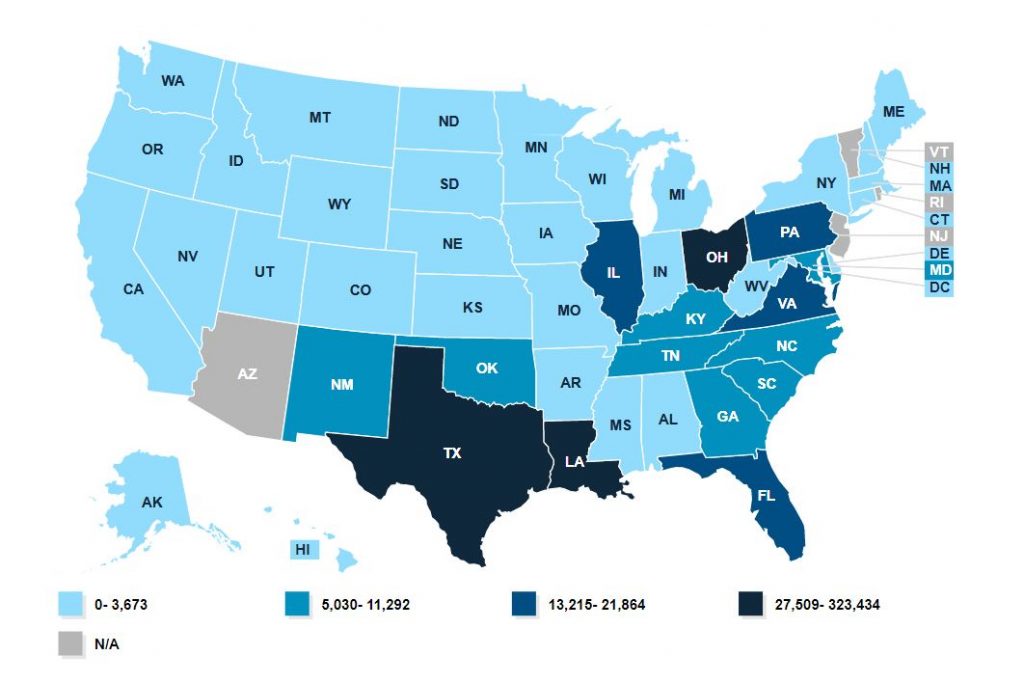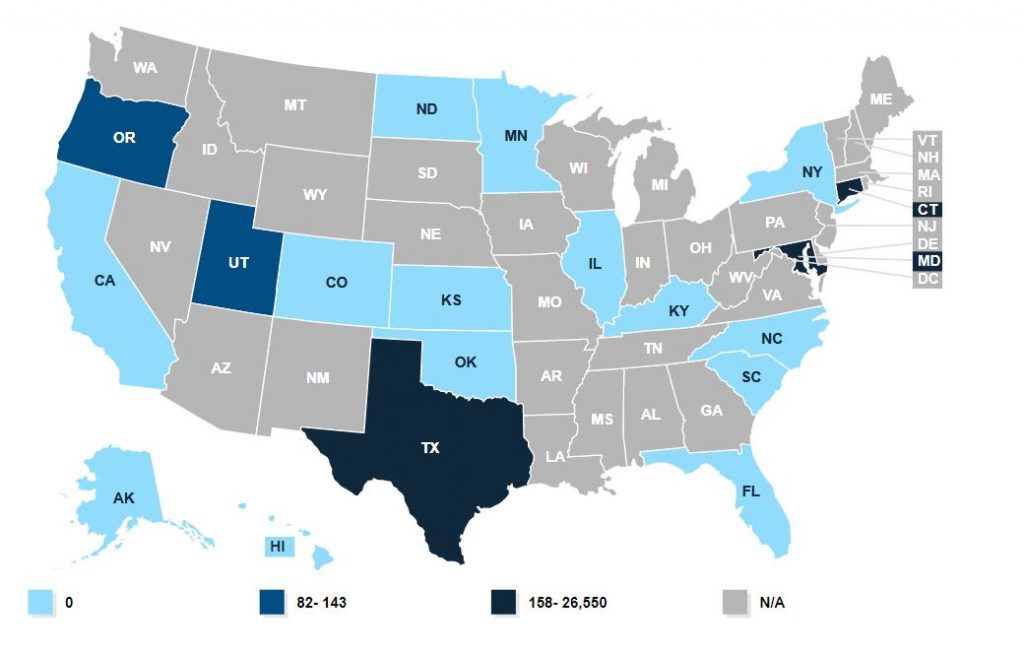What are waiting lists?
Waiting lists are used to ration services for severely disabled Medicaid members who need them. These waiting lists have long been a controversial mechanism to allocate services funded under a Medicaid waiver program.
How is it used in Medicaid?
Since states get a specific amount of funding approved for waivers, and there are more individuals who need services than can be funded under the waiver, waiting lists are used to control utilization. There are hundreds of thousands of people who have been determined to need the services, but can not get them.
It is important to note that traditional (non-waiver) Medicaid services are funded in an-capped model, and states do not use waiting lists for those services. Waiver services typically are more targeted for specific, more severe needs.
Waiting lists fluctuate over time, and from state to state. Medicaid expansion in 2014 caused a resurgent focus on waiting lists, because states were now spending billions more on generally healthy individuals (the expansion group), while thousands of severely disabled members still wait for the services they need.
Want to learn more? Check out a related course
-
 Medicaid 301$229.00
Medicaid 301$229.00


